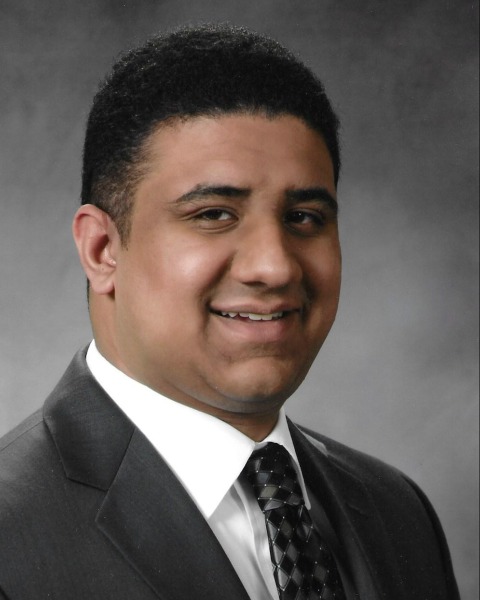Orthopedic and Rehabilitation Engineering
(H-289) Raman Spectroscopy for Monitoring of Articular Cartilage Regeneration

Dev R. Mehrotra, BS (he/him/his)
Doctoral Candidate
Boston University
Boston, Massachusetts, United States- TW
Tianbai Wang
Doctoral Candidate
Boston University, United States - EE
Erik Ersland
Doctoral Candidate
Boston University, United States - TS
Thomas Schaer
Professor
University of Pennsylvania, United States - MG
Mark Grinstaff, PhD
Professor
Boston University, United States - BS
Brian Snyder, M.D., Ph.D.
Orthopedic Surgeon
Beth Israel Deaconess Medical Center, United States - MB
Mads Bergholt, Ph.D.
Professor
King's College London, United States - MA
Michael Albro, Ph.D.
Professor
Boston University, United States
Presenting Author(s)
Co-Author(s)
Last Author(s)
Materials and Methods::
Engineered constructs: Constructs (Ø4x2mm) were generated from immature bovine chondrocytes seeded at 30x106 cells/mL in 2% w/v type VII agarose (Sigma). Constructs were cultured for up to 56 days in chondrogenic medium supplemented with or without 10ng/mL TGF-β3 for the initial 2 weeks [4]. At weekly intervals, constructs were removed from culture and subjected to Raman, mechanical, and biochemical analysis (n=109 constructs analyzed in total). Raman probe: Our custom Raman probe consists of a NIR diode laser (λex=785nm, 500mW, B&W Tek), fiber-coupled spectrograph (Eagle, Ibsen Photonics), interfaced with a ball lens (Ø=2mm, 270μm depth of penetration [DOP]) or convex lens (Ø=9mm, 510μm DOP). Spectral Processing: Raman spectra in the fingerprint range (800-1800 cm-1) were preprocessed and subjected to a multivariate linear regression analysis using the following model:
Tissuespectra = sGAGscore*(sGAGREF) +COLscore*(COLREF) +H2Oscore*(H2OREF) +Agarosescore*(AgaroseREF)
where sGAGREF, COLREF, H2OREF, AgaroseREF are the component spectra of purified reference chemicals used to extract the corresponding regression coefficient or “score” that reflects the relative contribution to the spectra of each constituent element. For the high-wavenumber range (2700-3800 cm-1), the area under the curve was measured for the CH organic content peak (CHarea; 2805-3050 cm-1) and OH water content peak (OHarea; 3050-3600 cm-1) [5]. Construct analysis: Constructs were analyzed for compressive Young’s modulus (EY), sGAG content (DMMB), and water content (gravimetric measures).
Results, Conclusions, and Discussions::
Extracted Raman biomarkers successfully tracked CTE growth throughout the culture duration. Raman sGAG and COL scores increased with culture duration, indicating ECM accumulation while H2O and scaffold scores decreased, reflecting the reduced contribution of these constituents to the overall spectra (Fig. 2A-C). Similarly, analyzing the highwavenumber spectral region, CHarea increased while OHarea decreased over the culture period further reflecting ECM organic content accumulation (Fig. 2D). For constructs subjected to TGF-β exposure, these trends were more pronounced, reflecting the induction of accelerated tissue growth. For all analyzed specimens, Raman sGAGscore predicted 77% of the construct sGAG content (Fig 3A). Raman OHarea predicted 88% of water content (Fig 3B). A multivariate linear combination of Raman biomarkers (-211.8*sGAGscore-(2928*OHarea) + 2583) predicted 94% of the construct EY (Fig 3C).
Our Raman spectroscopic needle probe offers the potential to non-destructively monitor neocartilage development in the clinical CTE workflow. An important innovation of our Raman platform is the use of multivariate regression models fit to the composite Raman spectra to derive constituent-specific biomarkers that represent the composition of the regenerating tissue. These biomarkers allow for highly specific assessments of the cell-supporting scaffold material and changes to specific ECM constituents, successfully differentiating between ECM and scaffold constituents. Raman biomarker scores can successfully predict tissue mechanical properties fundamental to the functionality of the regenerative tissue. This ex vivo study demonstrates that our Raman platform can be transformative platform monitoring the composition of cartilage repair tissue fundamental to its functional performance, thereby providing objective assessments of the efficacy of chondroregenerative therapies and predicting clinical outcomes.
Acknowledgements (Optional): :
This work was funded by NIH R01 (R01AR081393), BU Quantitative Biology and Physiology program (T32GM145455), the Arthritis Foundation, MTF Biologics, and the BU MSE Innovation Award.
References (Optional): : [1] Huang+ 2016 Biomat; 98: 1-22. [2] Kroupa+ 2021 JOR; 40:1338-48. [3] Jensen+ 2020 Op. Lett; 45(10):2890-3. [4] Byers BA+ 2008 Tis Eng A;14:1821-34. [5] Unal M+ 2018 Osteoarthitis Cartilage; 27(2):304-313.
